
How to Make Buttermilk from Milk: A Simple Guide for Every Home Cook
Ever started a baking recipe and realized you’re out of buttermilk? Credits: Maryam Sicard | Unsplash There’s nothing quite like

Ever started a baking recipe and realized you’re out of buttermilk?

Credits: Maryam Sicard | Unsplash
There’s nothing quite like the joy of baking at home, the aroma of fresh pancakes on a Sunday morning, the delight of warm cornbread straight from the oven, or the satisfaction of a perfectly fluffy cake. But what happens when your recipe calls for buttermilk, and your fridge is bare?
Don’t worry; we’ve got you covered.
Making buttermilk from milk isn’t as complicated as it sounds and the good news is you can make homemade buttermilk in just a few minutes using simple kitchen ingredients you already have. With a few tricks, you can create the perfect substitute that works just as well in pancakes, cakes, muffins, dressings, and more.
In this guide, we will show you how you can make buttermilk at home, tips for storing it, dairy-free alternatives, and some recipe ideas to get your culinary creativity flowing. This is the ultimate guide for any home cook looking to never run out of this essential ingredient.
Traditionally, buttermilk was the liquid left behind after churning butter from cream.This version was naturally slightly tangy because of the fermentation that occurred during the butter-making process.
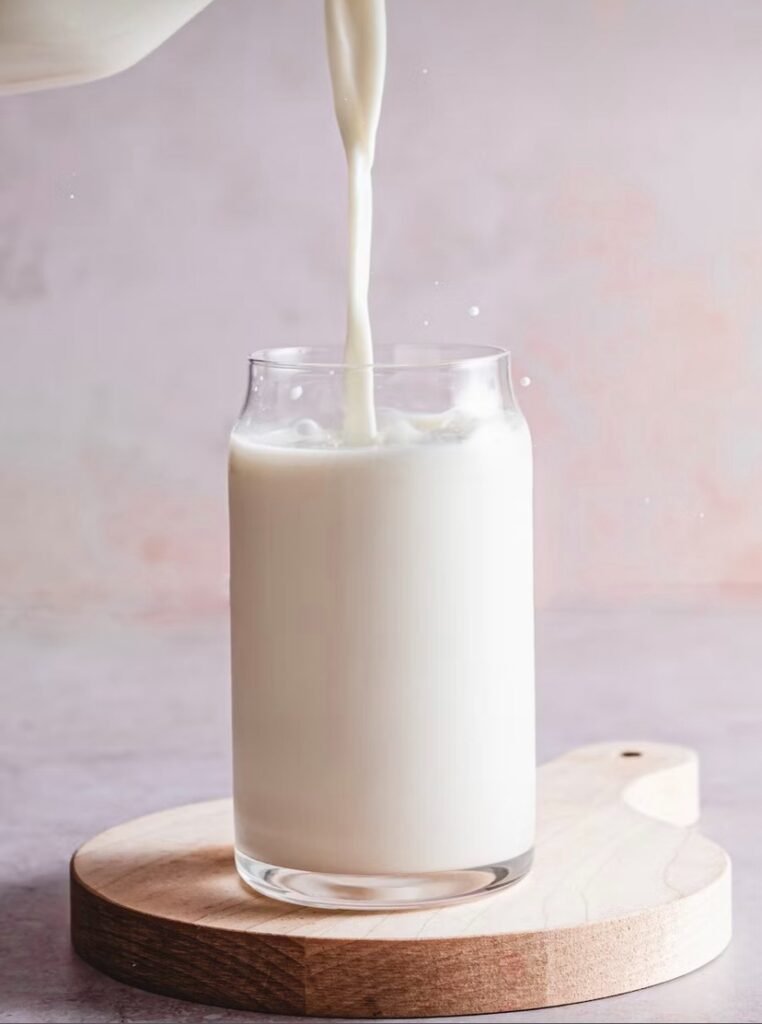
Credits: Natalie Behn | Unsplash
Today, however, when we say “buttermilk,” we usually refer to cultured buttermilk, which is milk that’s been slightly fermented with beneficial bacteria. This fermentation develops the characteristic tangy flavor, as well as a thicker, creamier consistency. Learn more about the benefits of buttermilk.
Buttermilk is prized in cooking and baking because it:
For an example of how buttermilk can elevate recipes, you can read My Worthy Home’s guide on cooking venison with buttermilk
While store-bought buttermilk is available in most grocery stores, making your own at home has a number of advantages. Homemade buttermilk provides:
Whether you’re making pancakes, preparing a salad dressing, or baking a cake, homemade buttermilk is a great ingredient that can elevate your dishes. Plus, it gives you the satisfaction of creating something from scratch, an accomplishment every home cook can appreciate.
There are a few simple methods to create buttermilk from regular milk. Each method works well, so you can choose whichever is most convenient for your kitchen setup.
This is the most common and straightforward method, ideal for nearly all baking recipes.
Ingredients:
Instructions:
This homemade buttermilk is perfect for pancakes, waffles, cakes, dressings and any other baking recipe that calls for buttermilk.
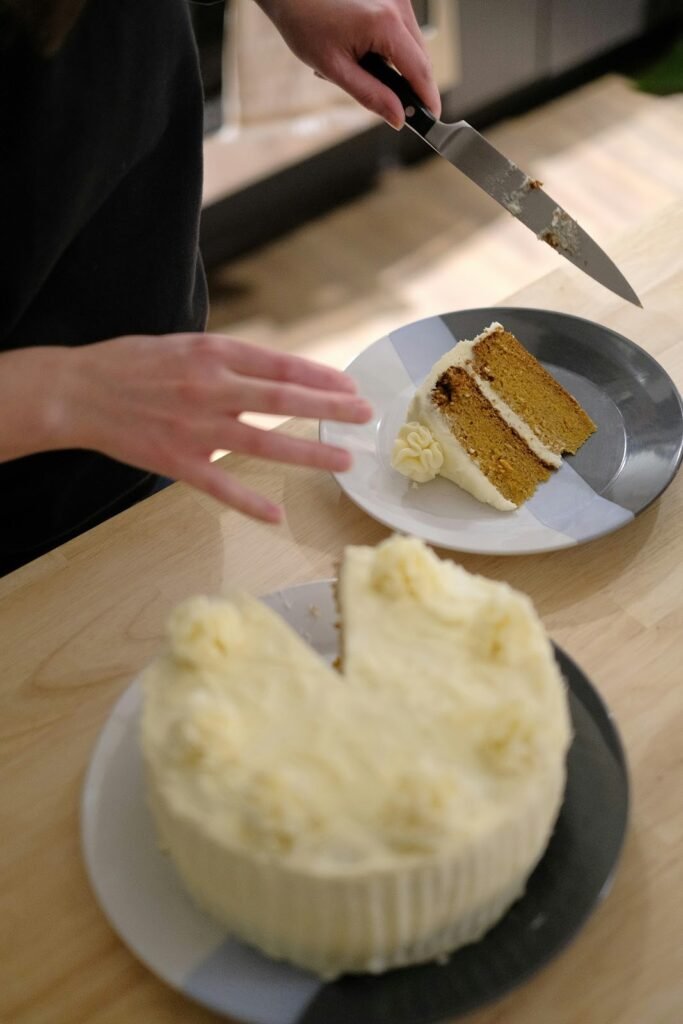
Tip:
Not all kitchens have lemon juice or vinegar on hand. In these cases, cream of tartar is an excellent alternative to achieving homemade buttermilk.
Ingredients:
Instructions:
Note: This method doesn’t produce the same tanginess as the lemon juice or vinegar method but works well in recipes that just need a subtle tanginess.
Even if you follow a dairy-free or vegan lifestyle, you can still enjoy buttermilk in your cooking.
Plant-Based Buttermilk:
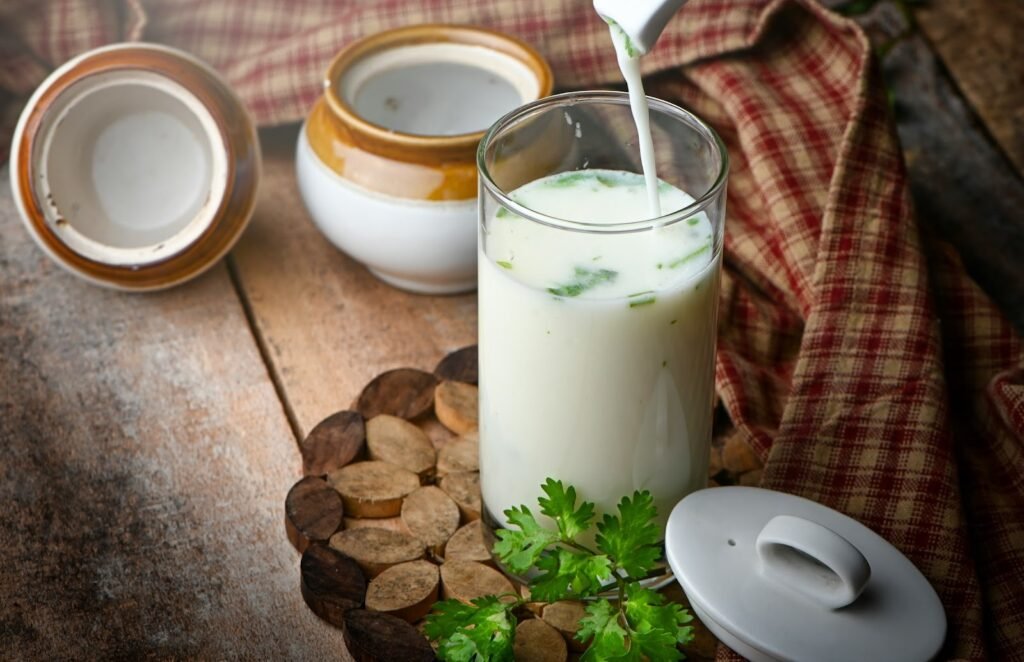
Tip:
This method is great for pancakes, muffins, or any vegan baking that calls for a tangy, moisture-rich ingredient.
While homemade buttermilk is best used fresh, it’s perfectly fine to store leftovers. Here’s how:
Note: When thawing frozen buttermilk, stir well before use, as separation may occur naturally.
Now that you know how to make buttermilk from milk, here are some delicious recipes that benefit from its unique properties which you can try:
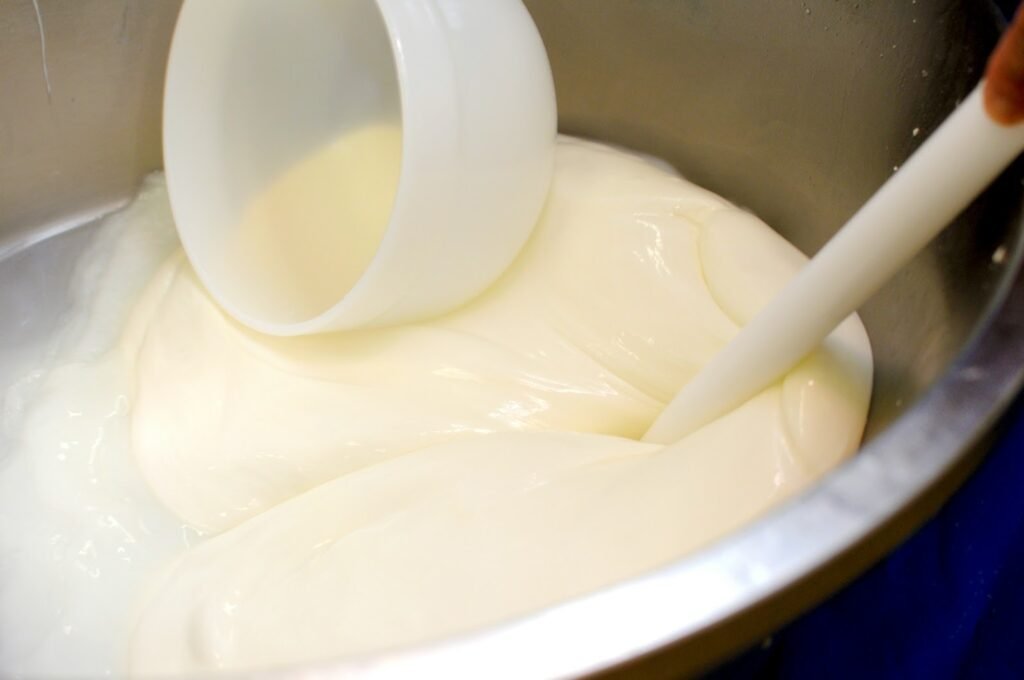
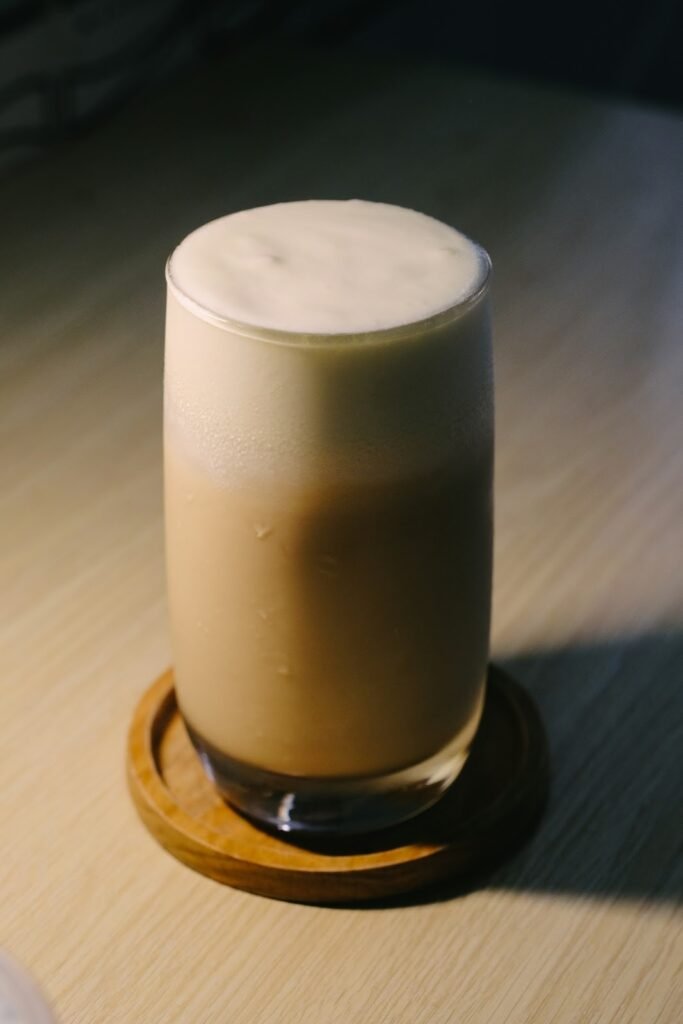
Making buttermilk from milk is a simple and effective way to ensure you always have this essential ingredient on hand. Whether you’re baking, cooking, or crafting homemade dressings, this homemade version adds a touch of comfort and authenticity to your dishes.
Remember, cooking is about creativity and making the most of what you have. With these methods, you can confidently tackle any recipe that calls for buttermilk, knowing you have the skills to create it from scratch.
Happy cooking!
Get our most valuable tips right inside your inbox, once per month!

Ever started a baking recipe and realized you’re out of buttermilk? Credits: Maryam Sicard | Unsplash There’s nothing quite like

Possibly the most dreaded task when cleaning your kitchen lies in the oven. Cleaning oven racks, or shelves, when baked
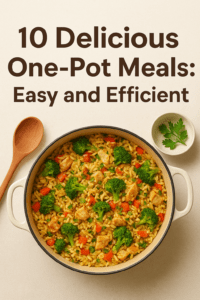
One-pot meals are becoming everyone’s favorite cooking hack. Whether you’re a busy mom or a business professional needing to make

Baby Bunnies – Uniquely made creatures. Do you know that baby bunnies are born deaf, blind, and without fur? Shocking,
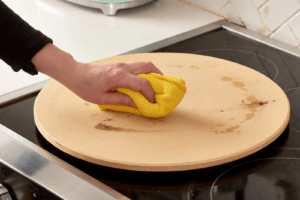
Okay, let’s be honest, my pizza stone has seen some things. Things like a calzone disaster that left a cheesy

There are many benefits of owning down comforters. Besides the obvious enjoyment of sleeping under a lightweight, soft, and warm
My Worthy Home © All rights reserved.